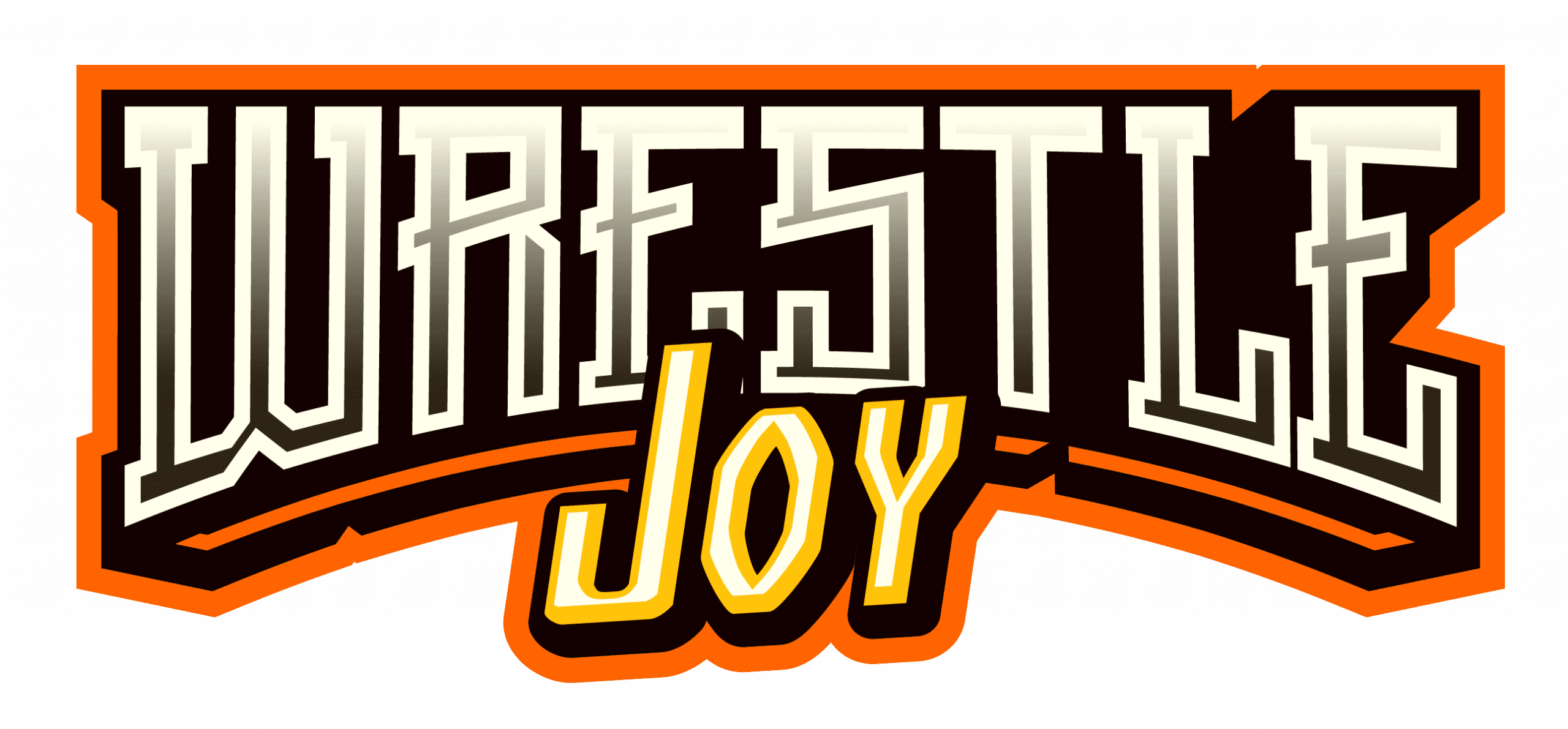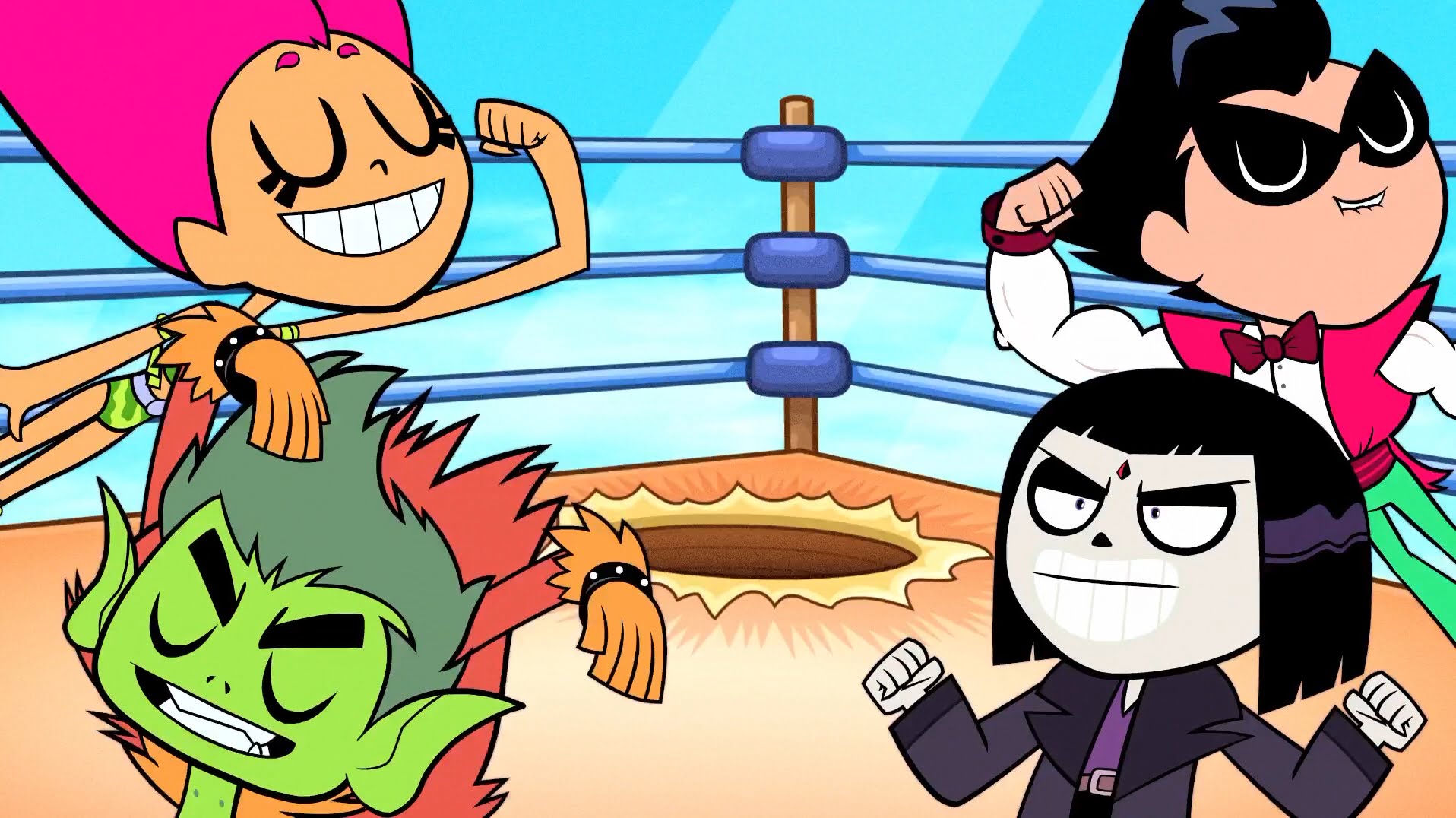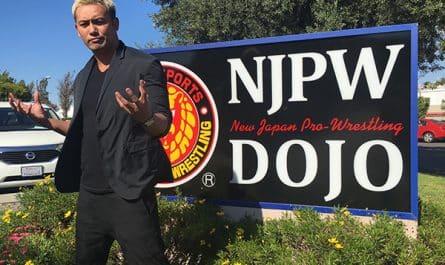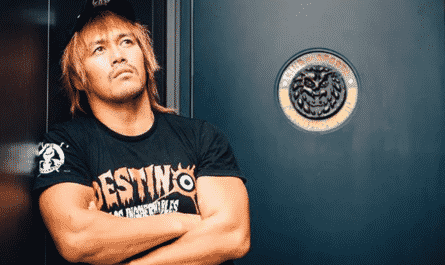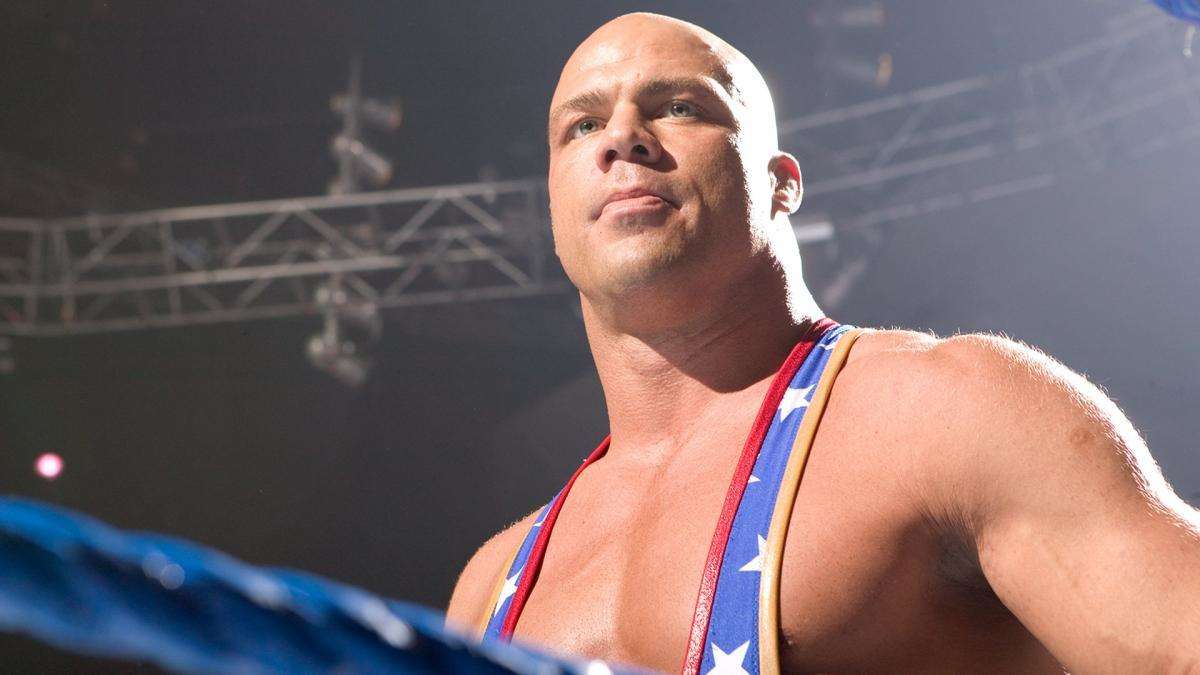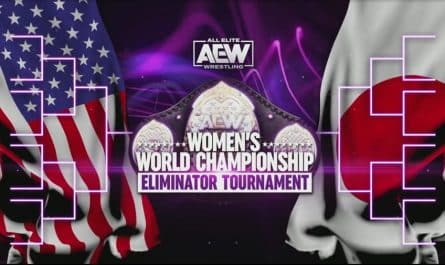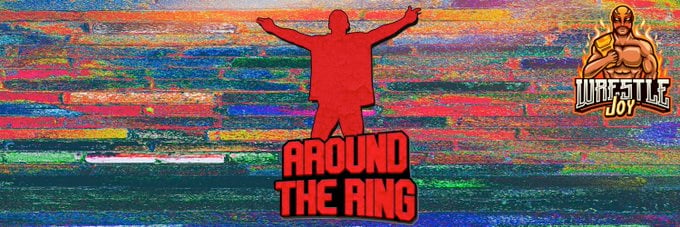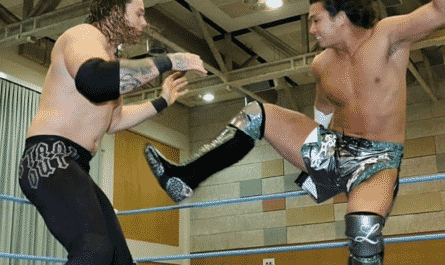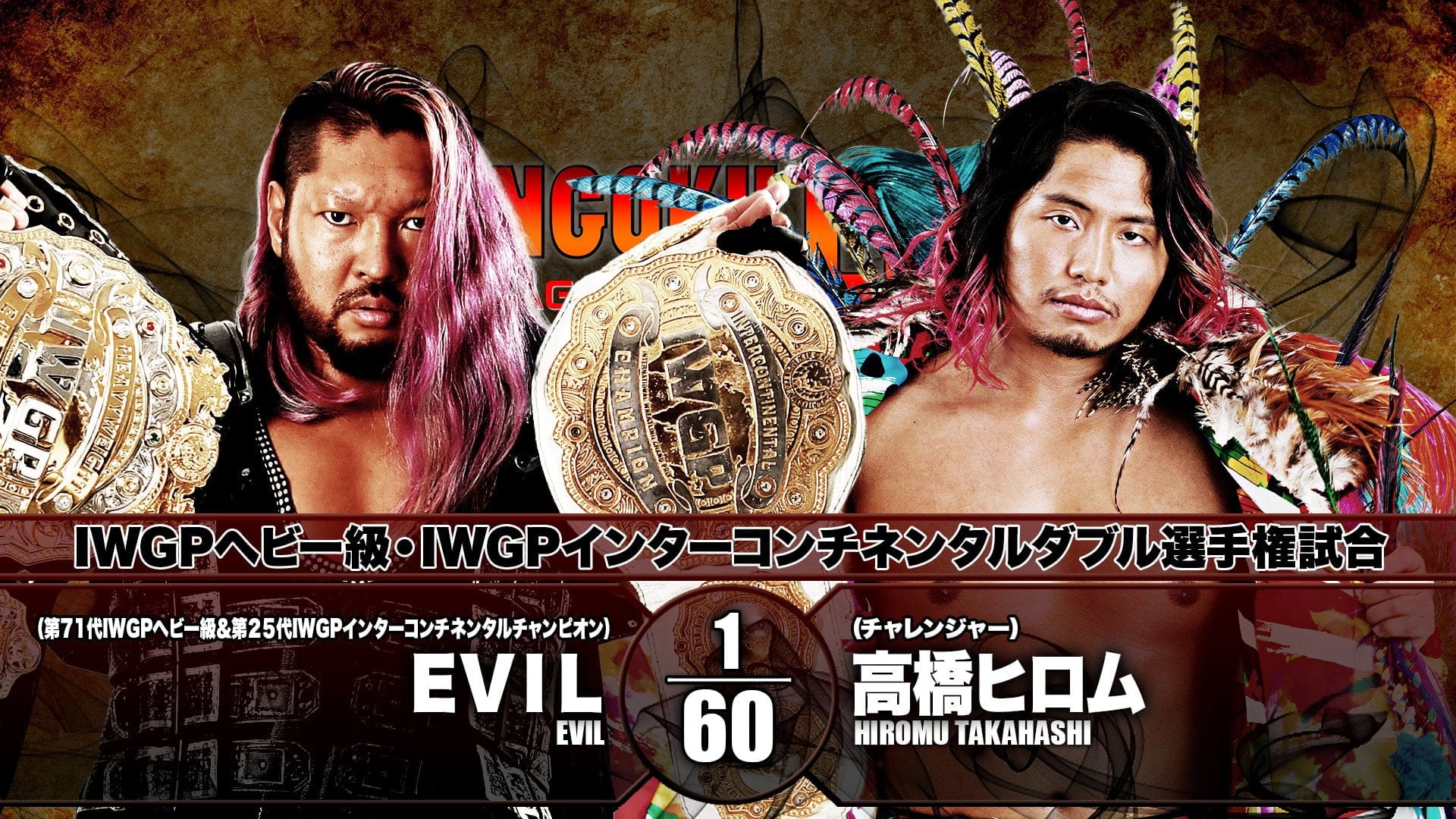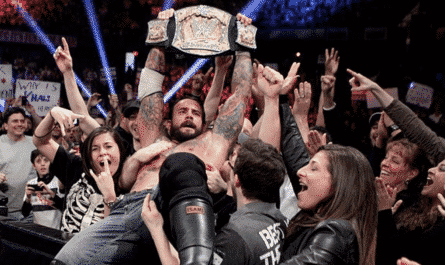“We want Flair!”
“We want Flair!”
The Baltimore crowd made their feelings abundantly clear at the Great American Bash 1991. WCW Executive Vice President Jim Herd had been in charge of World Championship Wrestling for over two and a half years. Though he kept open communication with media and fans, he became public enemy number one. Herd’s ascension to the top of the former Jim Crockett Promotions was perplexing. Before being brought in to run the company, which had been purchased by Turner (the company, not Ted Turner himself) in 1988, Jim Herd was an executive at Pizza Hut. He did have something of a wrestling tie as the former station manager for St. Louis’s KPLR TV, which broadcast Wrestling From The Chase. The show was the flagship program for Sam Mushnick’s St. Louis Wrestling Club territory. Other than that, Herd had no experience in pro wrestling.
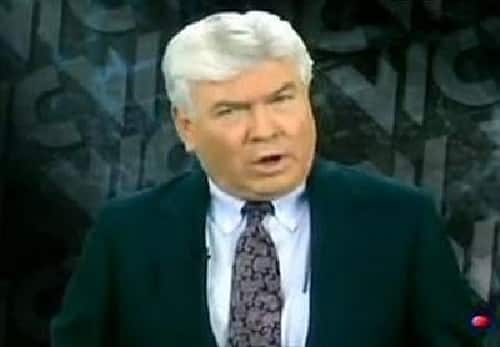
Despite his lack of understanding of pro wrestling both as a sport and a business, Herd felt that as the leader of the new WCW, he needed to make his own impression on the company. His first move was hiring former Crockett Promotions and WWF booker George Scott. After a few months, it became clear that Scott had lost touch and was dismissed after the abysmal performance of the March ’89 Clash of the Champions. Though headlined by the second of three classic matches between NWA World Champion Ric Flair and Ricky The Dragon Steamboat, the program was a ratings and attendance disaster. Programed to run against Wrestlemania V, the free TBS show emanated live from the Superdome in New Orleans.
However, Scott came from an era where television was a vehicle used to push house shows. Fearing that the Clash and the upcoming WrestleWar pay per view could hurt house show attendance, the Clash was barely promoted on TBS. When only 5,000 people showed up to the Dome that nine years earlier housed more than 30,000 to watch Junkyard Dog and Michael PS Hayes, it told the brass at TBS enough. The 4.3 rating, down from the 5.6 Clash that opposed Wrestlemania IV, confirmed their fears.
Herd replaced Scott with a booking committee, and while 1989 was a critically acclaimed year, business remained flat. Herd hired Ole Anderson, former Georgia Championship Wrestling booker, in late 1989. What followed was a disaster of a year mired by bad singings and half-baked ideas like “The Black Scorpion.” In early 1991, Anderson was out, and former Crockett booker Dusty Rhodes had returned. The initial returns seemed promising. WrestleWar 91 and its WarGames main event was a highlight. However, by the summer, Herd’s biggest plunder had finally caught up with the company.
Herd wasn’t happy to just let wrestling people run the wrestling end of the company. He felt the need to enact his own creative ideas. Like pairing Shane Douglas and Johnny Ace as the Dynamic Dudes and repacking Brad Armstrong as “The Candyman”— and not the horror movie version— or even worse, a masked tag team adorned in bells called the Ding Dongs. Rather than making WCW the alternative product to Vince McMahon’s WWF, Jim Herd tried to adopt their formula to appeal to kids. They failed over and over. But in no greater place had Herd failed than handling his top star, the NWA World Champion Ric Flair.
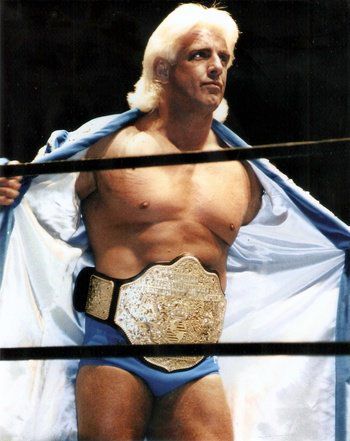
Credit: NWA
It’s important to note that Flair was still the NWA, not the WCW Champion, despite how Herd instructed his announcers to refer to Flair. Though the Crockett company had been referred to as the NWA, it was just one territory that recognized that champion of a board of promoters. By 1991, the NWA was effectively dead. As champion, Flair was no longer traveling to various territories to defend the title as he had a decade earlier. Instead, he was a contracted employee to World Championship Wrestling. He was also an employee whose boss wanted to move him down the card.
Jim Herd and Ric Flair hated each other for years. Herd didn’t understand that the north-of-forty Flair was his most valuable star. Herd was interested in pushing younger talent, specifically Sting and Lex Luger. As NWA Champion, Flair had a say on who would succeed him as Champion, which became an issue in 1990. Herd wanted Flair to put over Luger after Sting tore his PCL tendon. Flair refused, having promised the spot to Sting. The champ stood his ground, and the company waited on Sting’s return.
A year later, Herd again wanted to move the title from Flair to Luger, and again Flair refused. After three years of in-fighting and Herd trying to tweak the Nature Boy’s presentation, the champ had it. He declined to put Luger over at the 91 Bash. Herd then suspended Flair, who then quit the company. Herd decided to go ahead with his idea and reprogrammed the main event as Luger and Barry Windham for the vacant WCW World title. However, it wouldn’t be that clean. Flair was recognized as the WCW Champion, but he was, in reality, still the NWA World Champion. Since Herd never repaid the $25,000 deposit Flair put on the actual belt back in 1983, Flair left with the NWA World title, going as far as to appear on WWF television with the gold belt.
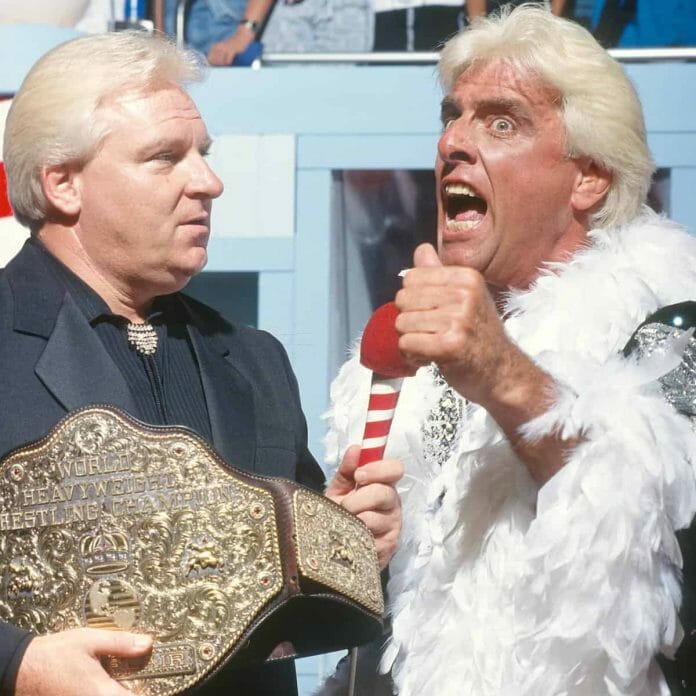
Credit: WWE
Rhodes was caught in the middle and did his best to present a pay-per-view, but the turmoil and chaos made the creative surrounding the show impossible. The 1991 Great American Bash has gone down as one of the worst major US wrestling PPVs in history. It featured a boring scaffold match, a bloodless chain match, and a title match that didn’t need to be in a cage. The Baltimore crowd wasn’t happy, and they let the promotion know by chanting “We Want Flair” throughout the show.
Luger won the title belt, which was actually the old Florida Heavyweight strap, seeing as WCW didn’t have the physical belt. Luger turned heel and aligned with new manager Harley Race. The crowd hated everything about the show. The fact that the show emanated in Baltimore made it worse. Baltimore was a longtime WWF stronghold city that Crockett actually wrestled away from the WWF during the 80s wrestling wars. Having already lost their foothold in expansion cities like Chicago and Crockett mainstays like Greensboro, the promotion couldn’t afford to lose anything else.
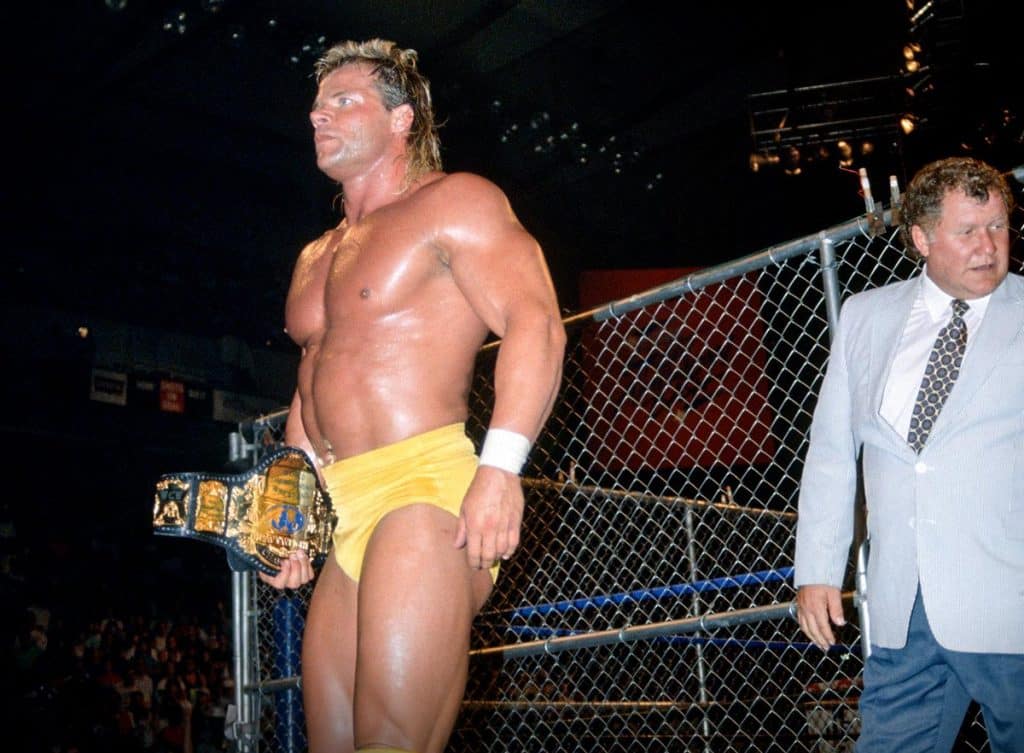
Credit: WWE
The blame for the debacle fell squarely on Herd. Though it would take another six months for him to be officially removed, Jim Herd essentially stepped back after the Bash, leaving the creative mainly to Rhodes. Strangely enough, without Herd looming overhead, Rhodes starts to turn things around creatively. Thanks to a contract snafu, new champion Luger is nearly unbookable. By the fall, Luger had almost hit his number of contracted appearances. The new WCW Champion made it clear that he was interested in following Flair (along with Sid Vicious, The Road Warriors, and other long-tenured employees who’d grow sick of Herd) to the WWF. But without Flair and only a sporadic Luger, Rhodes is forced to get creative.
With the specter of the Horsemen finally gone, Rhodes goes about creating a new collection of villains, this time under the auspice of manager Paul E. Dangerously. At the time, Dangerously was a color commentator for WCW, but he swore vengeance after being “fired” from the company. At Halloween Havoc, the WCW World Tag Team Champions, Arn Anderson and Larry Zbyszko, known as The Enforcers, attacked Dustin Rhodes and Barry Windham in the parking lot before the show. The champs broke Windham’s hand in a car door (earning Zbyszko the nickname The Cruncher).
Later in the show, Dangerously informs the crowd that he still has his manager’s license. He then debuts his latest signee, the masked Halloween Phantom, who makes quick work of Tom Zenk. After the match, the Phantom removes his mask to reveal the returning Ravishing Rick Rude, fresh from his stint in the WWF. Dangerously adds Bobby Eaton, Madusa, and a new arrival, a rookie who’d already won the WCW World Television title. Dangerously claims this newcomer will become “the wrestler of the 90s.” His name was Stunning Steve Austin. The Dangerous Alliance, a stable name he’d used in both the AWA and Continental, is immediately positioned as the top threat to Sting.
At the November 1991 Clash, Rhodes ups the ante by adding Ricky Steamboat, in one of the greatest mystery opponent reveals in history, to the babyface side. For the first time in years, WCW is a creative and cohesive product with a clear direction.
Just as Rhodes had finally settled the creative, Jim Herd was removed as WCW Executive President. Herd’s replacement was a Turner lawyer who also had no wrestling experience. His name was Kip Allen Frye. In part two, we’ll examine the way Frye’s brief tenure in World Championship Wrestling and how his eventual release was the first domino in the company’s eventual collapse.
To be continued in part 2.
